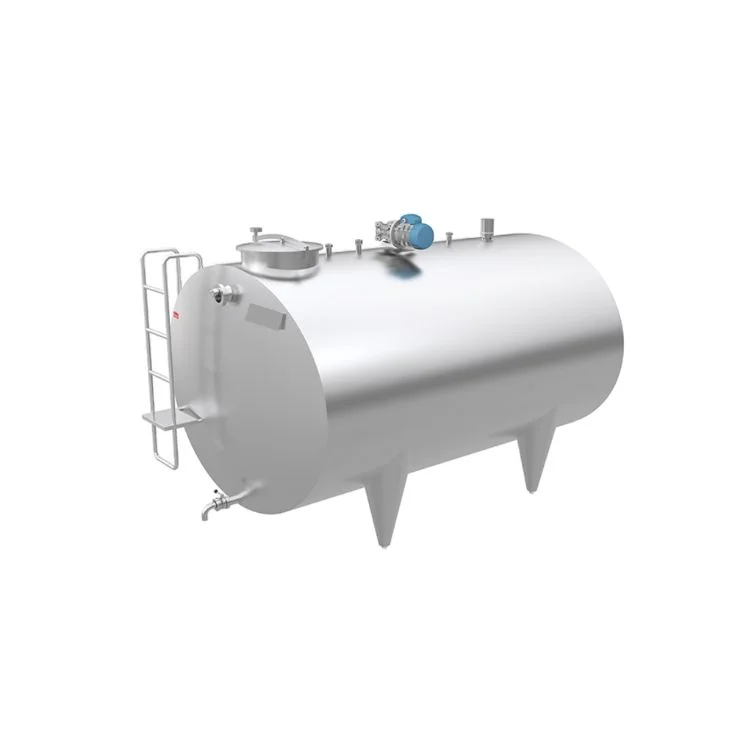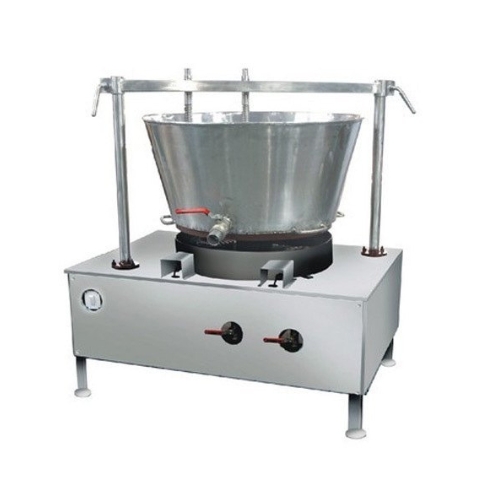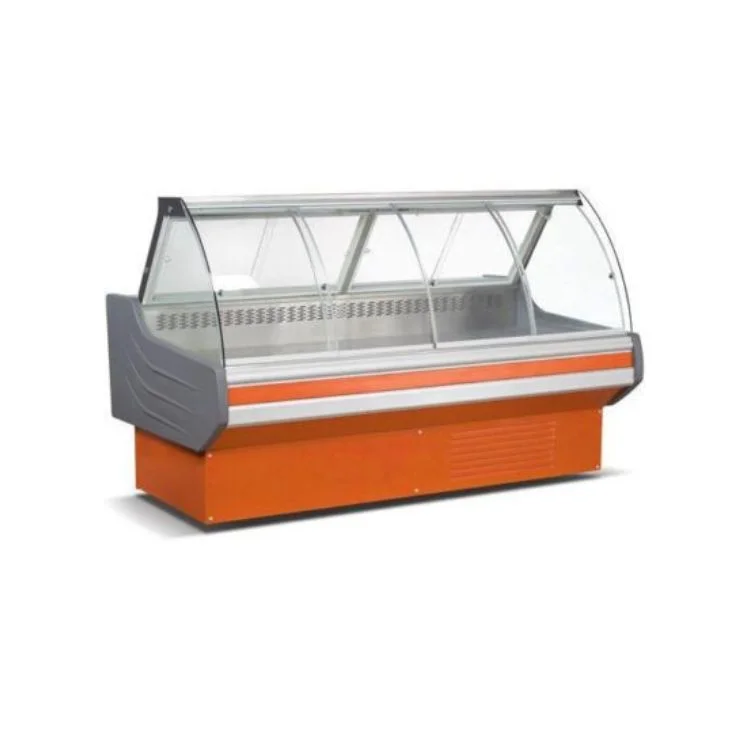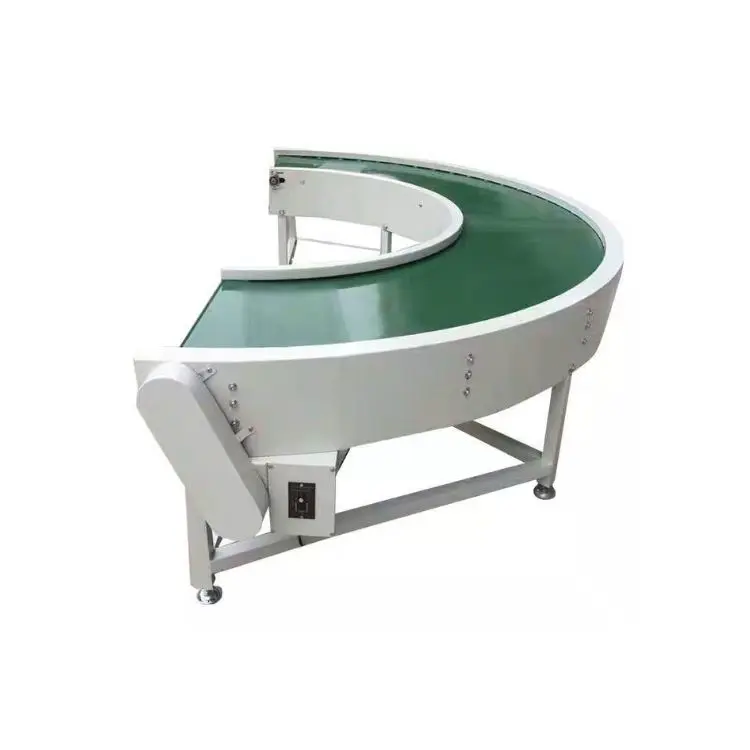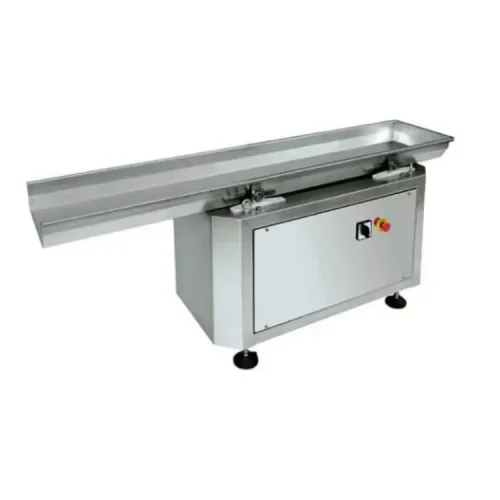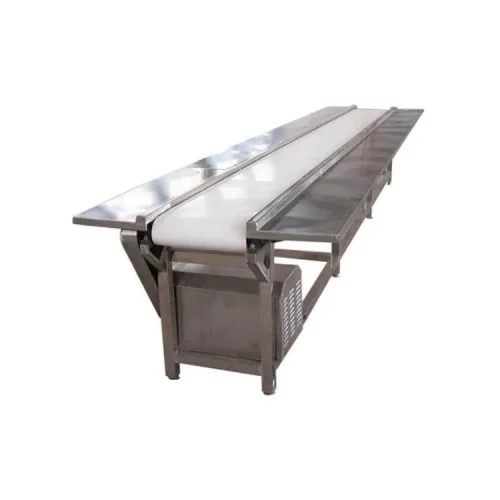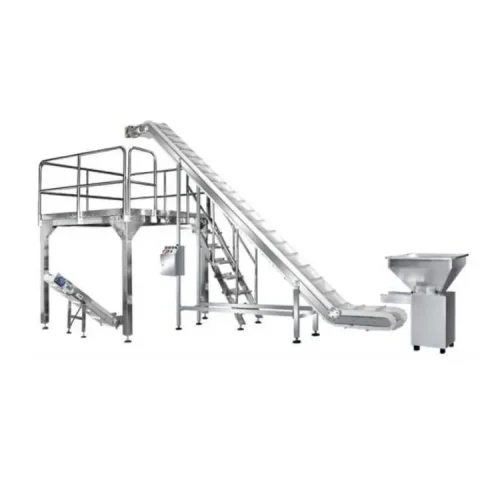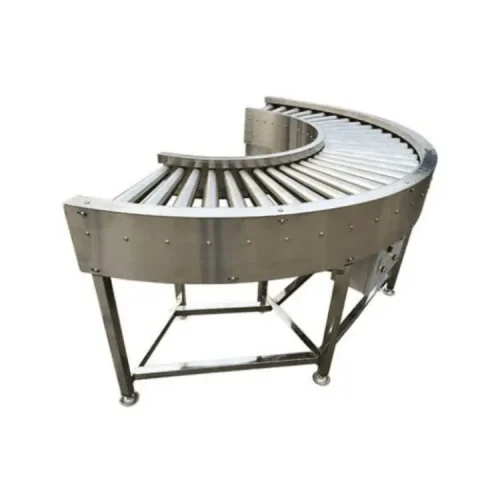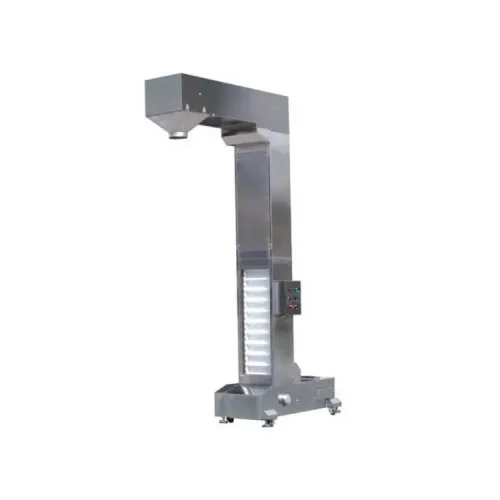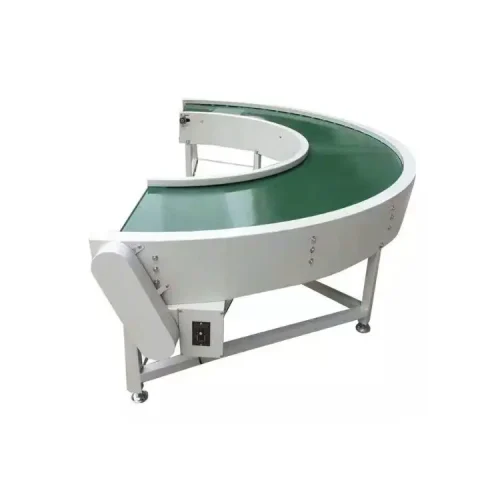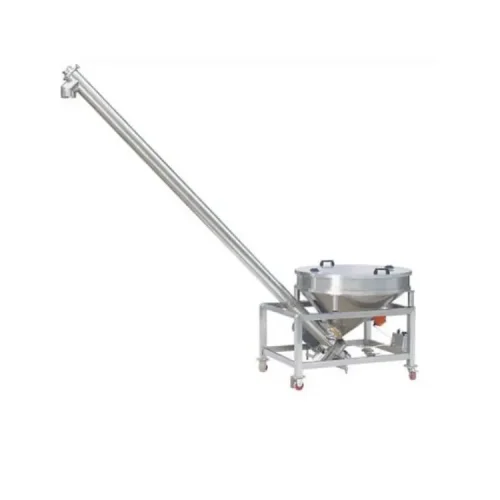Enhancing Efficiency and Safety in Food Processing: The Role of Food-Grade Turning Belt Conveyors
In today’s fast-paced food processing industry, efficiency and safety are top priorities. Food manufacturers are constantly seeking ways to streamline their operations and ensure the highest levels of safety and quality. One crucial element in achieving these goals is the implementation of food-grade turning belt conveyors.
Food-grade turning belt conveyors offer a multitude of benefits for food processing facilities. With their smooth and hygienic design, these conveyors eliminate the risk of cross-contamination and ensure the integrity of the food products being transported. Additionally, their flexible turning capabilities enable seamless and efficient flow of products around corners, maximizing space utilization and minimizing downtime.
These conveyors are specifically designed to meet the stringent standards and regulations of the food industry. Constructed with food-grade materials and featuring easy-to-clean surfaces, they are resistant to bacteria growth and facilitate quick and efficient sanitation processes.
By adopting food-grade turning belt conveyors, food processing facilities can enhance their overall efficiency, reduce waste, and improve the safety and quality of their products. The investment in these conveyors not only pays dividends in terms of operational efficiency but also helps food manufacturers to meet regulatory requirements and maintain their reputation for producing safe and high-quality products. Read More
Importance of efficiency and safety in food processing
Efficiency and safety are of paramount importance in the food processing industry. With consumers becoming more conscious about the quality and safety of the food they consume, manufacturers need to prioritize these aspects to stay competitive. Efficient processes ensure that food products are delivered to consumers in a timely manner, while safety measures help prevent contamination and maintain the integrity of the products.
Traditional food processing methods often rely on manual labor and outdated equipment, which can result in inefficiencies and safety risks. The handling of food products in these methods is time-consuming and prone to errors, leading to delays in production and potential quality issues. To overcome these challenges, food manufacturers are turning to modern solutions such as food-grade turning belt conveyors.
Challenges in traditional food processing methods
Traditional food processing methods are not without their challenges. One of the main issues is the risk of cross-contamination. When food products are handled manually or transported using non-food-grade equipment, there is a high chance of contamination from bacteria, allergens, or foreign substances. This can lead to foodborne illnesses and product recalls, which can have severe consequences for both the consumers and the manufacturers.
Another challenge is the lack of flexibility in traditional methods. When it comes to transporting food products around corners or through tight spaces, traditional equipment often falls short. This results in inefficient use of space and increased downtime, as products need to be manually maneuvered or production needs to be halted to accommodate the limitations of the equipment.
Benefits of using food-grade turning belt conveyors
Food-grade turning belt conveyors offer a multitude of benefits for food processing facilities. One of the key advantages is their ability to maximize efficiency. With their flexible turning capabilities, these conveyors enable seamless flow of products around corners and tight spaces. This eliminates the need for manual handling or halting production, resulting in increased throughput and reduced downtime.
Additionally, food-grade turning belt conveyors contribute to improved safety in food processing facilities. By eliminating the risk of cross-contamination and ensuring the safe transportation of food products, these conveyors help prevent foodborne illnesses and product recalls. This not only protects the consumers but also safeguards the reputation of the manufacturers.
Another benefit of using food-grade turning belt conveyors is the reduction in waste. With efficient and seamless transportation, the likelihood of product damage or spillage is minimized. This results in less waste and higher overall product quality. Furthermore, these conveyors facilitate quick and efficient sanitation processes, reducing the time and effort required for cleaning and maintenance.
Features and specifications of food-grade turning belt conveyors
Food-grade turning belt conveyors are designed with specific features and specifications to meet the needs of the food processing industry. These conveyors are available in various sizes and configurations to accommodate different production requirements. They can be customized with additional features such as adjustable speed control, automatic sorting systems, and integrated weighing scales.
The belts used in food-grade turning belt conveyors are made from FDA-approved materials that are safe for direct contact with food. They are resistant to bacteria growth and are easy to clean, ensuring the highest levels of hygiene. The conveyors are equipped with motors and drive systems that are designed for reliable and efficient operation, even in demanding environments.
Key considerations when selecting a food-grade turning belt conveyor
When selecting a food-grade turning belt conveyor, there are several key considerations to keep in mind. First and foremost, it is essential to choose a conveyor that complies with industry regulations and standards. The conveyor should be constructed with food-grade materials and designed for easy cleaning and maintenance.
It is also important to assess the specific requirements of the food processing facility. Factors such as production volume, product characteristics, and available space should be taken into account. Customization options should be considered to ensure that the conveyor meets the specific needs of the facility and can adapt to future changes in production requirements.
Reliability and durability are crucial factors when selecting a food-grade turning Food Grade Belt. The conveyor should be equipped with high-quality motors and drive systems that can withstand the demands of continuous operation. Additionally, the conveyor manufacturer should provide excellent after-sales support and maintenance services to keep the conveyor running smoothly.


